Hip-hop music sheds light on injustice and discrimination
Hip-hop music continues to be a voice of activism in the world.
Since its introduction to the United States in 1973, the hip-hop music genre has acted as an instrument of change within the racial justice movement. “The Message” by Mr. Joseph “Grandmaster Flash” Saddler and The Furious Five, “Where Is The Love” by the Black Eyed Peas, and “This Is America” by Mr. Donald “Childish Gambino” Glover are all songs that shed light on the Black experience of inequality and discrimination in white society. Senior Caroline Hisler examined the significance of hip-hop while writing a research paper for her eleventh-grade American Literature course. She offered insight into the musical genre as a vehicle for social change and self-expression.

Mr. Clive “Kool Herc” Campbell, a Jamaica native, introduced hip-hop to Black communities through his Disc Jockey (DJ) performances in the Bronx, New York. The music genre grew into a multi-million dollar industry, sparking opportunities for societal change. Since its creation, hip-hop has inspired children living within cycles of poverty and violence to work hard in order to change their lives, according to mic.com. Instead of participating in gang activities, some adolescents began creating hip-hop songs and attending musical events, according to trincoll.edu.
Modern hip-hop artists address issues in society, specifically relating to civil rights, through their lyrics, dance moves, and tone. For example, Mr. Dominique “Lil Baby” Armani Jones released his song “The Bigger Picture” in 2020 to confront police brutality and support the national Black Lives Matter movement. Similar to Mr. Jones, many artists, such as Mr. Ryan “Royce da 5’9″ Daniel Montgomery, write and perform their songs to represent oppressed communities.
“Because we spoke our own unapologetic truth,” Mr. Daniel said, according to abcnews.go.com. “We spoke about environments that were overlooked, that did not have a voice, you know, that did not have a say, that did not have pretty much anything.”
“The Message” is the first example of hip-hop music addressing the harsh realities of poverty and systemic injustice. The song opened listeners’ eyes to the power of hip-hop beyond a simple dance melody. Carlton “Chuck D” Douglas Ridenhour, Co-Founder of the Public Enemy Hip-Hop Group, uses the genre of music for activism against racial injustice and the American media. Mr. Ridenhour commented on the true meaning of the song’s title, “The Message.”
“It means pay attention to the words of hip-hop instead of just the beat,” Chuck D said, according to abcnews.go.com.
The Black Eyed Peas wrote “Where Is The Love,” released in 2003, in reaction to the September 11 Attacks. The song outlines the harsh realities of the present-day world by asking thought-provoking moral questions to humanity and higher powers. The band references deep-rooted problems in society, including systemic racism, innate biases, pollution, and immense brutality to demonstrate the gravity of these issues. However, the Black Eyed Peas provide love as an anecdote that can heal the world, stopping hatred and highlighting Black resilience. The hip-hop song received global praise and influenced the minds of many people, according to sosmusicmedia.com.

Childish Gambino’s “This Is America” was pivotal in depicting the United States with respect to the prevalence of racial violence and oppression, according to The Washington Post. Specifically, the song sheds light on the commonality of gun violence. The music video is impactful and utilizes the power of dance in hip-hop music as actors perform a South African native dance, the Gwara Gwara, according to forbes.com.
Caroline is deeply passionate about the power of music in social and political climates. After her research on the place of hip-hop and rap music in society, she found that hip-hop is inspiring to many people involved in the creation and success of the genre.
“The main point of my research paper was to examine how African-Americans were portrayed in the media through hip-hop and rap music,” Caroline said. “I found that this genre of music is very important for both those who write and listen. The lyrics are more than just rhymes and rhythms. I think it expresses a culture that would be otherwise suppressed by controlling media sources.”
Featured Image by Olivia Caponiti ’23

After two fulfilling years as a member of the King Street Chronicle staff, Olivia is ecstatic to be back in the newsroom for the 2022-2023 school year....

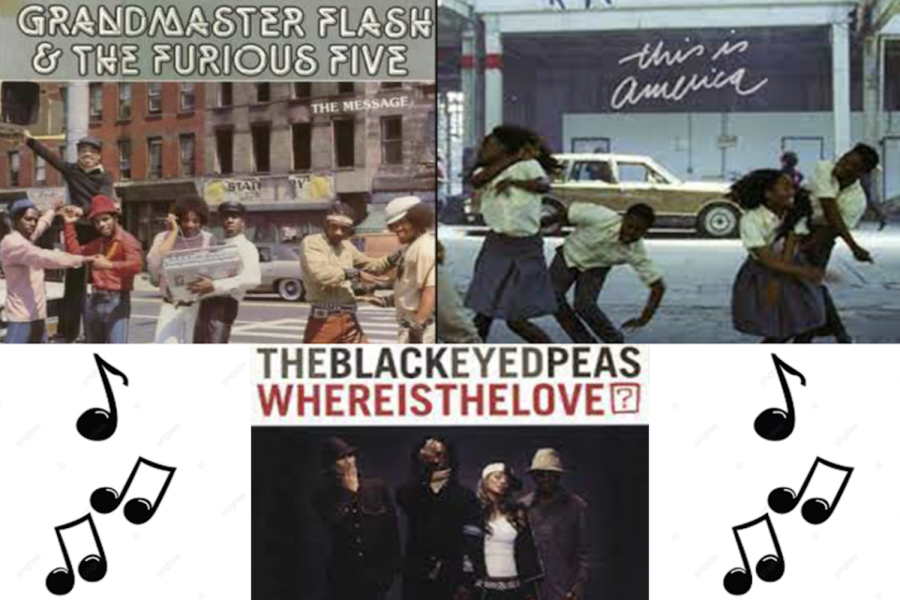

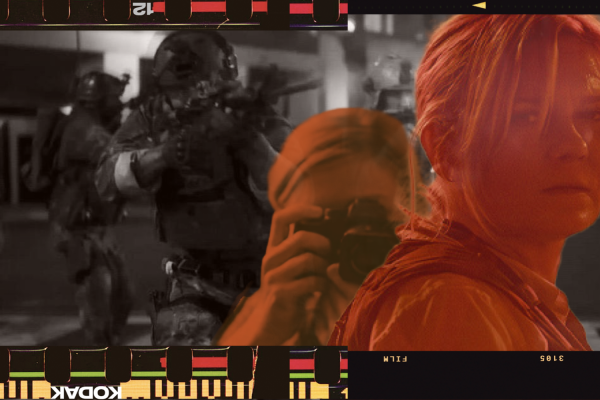
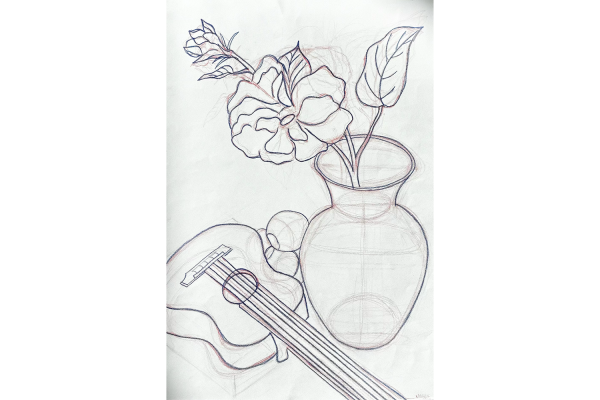
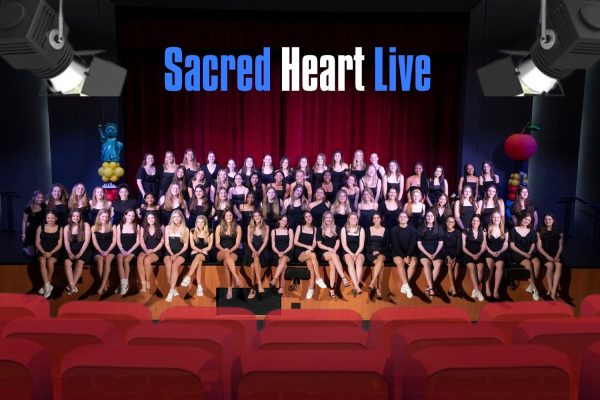


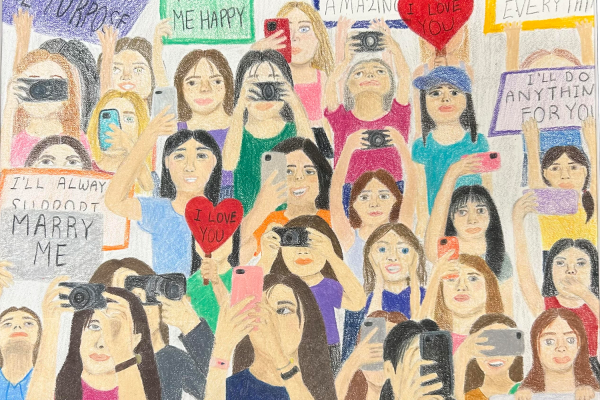
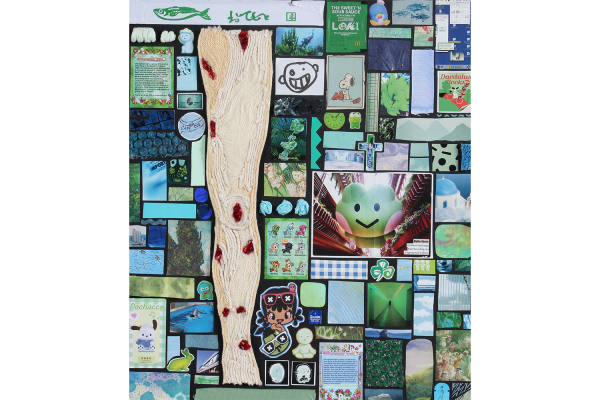
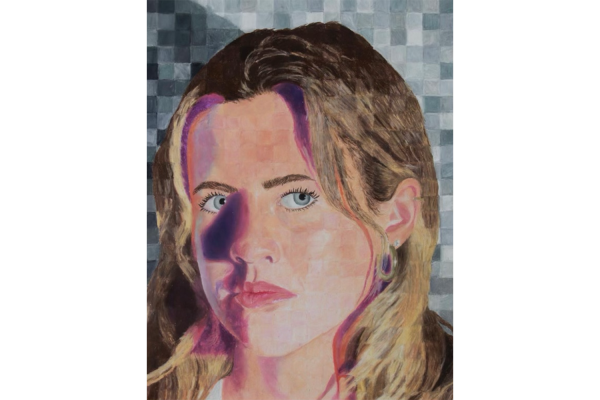
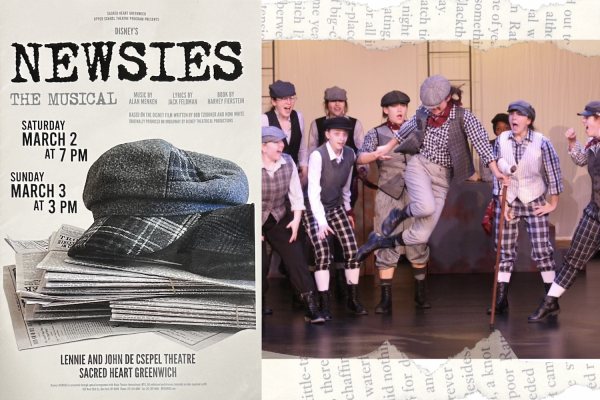
Dan Saul Knight • Feb 28, 2022 at 9:53 am
As Black history month comes to a close, this was a nice article from Ms. Caponiti, a multi year veteran at the King Street Chronicle. I always enjoy her insights, research, and reporting. This hip hop music is very popular among all races from what I can tell and is something that usually brings people together. Thanks for the article!